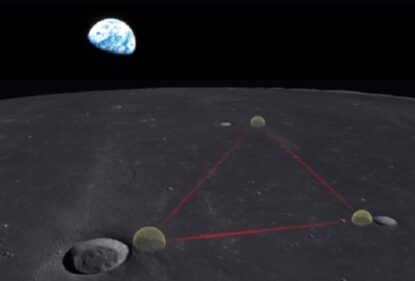The integral flow of solar radiation in the visible range, called the “solar constant”, determines the conditions for the formation of weather, climate and, in general, the existence of life on Earth. Its ground measurements contained large inaccuracies due to the influence of the state of the atmosphere. And only the data obtained by artificial satellites shows that this constant is not really a stable value but changes in an interesting and even mysterious way with each cycle of solar activity.
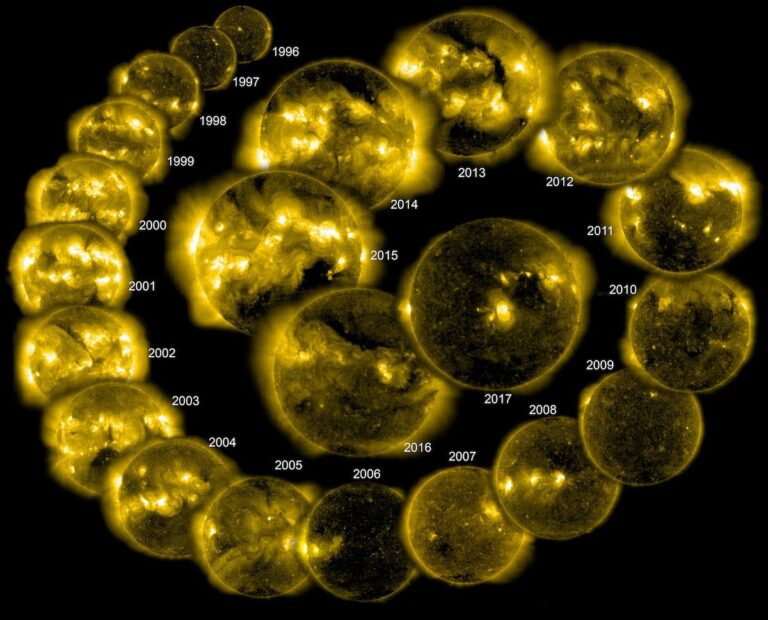
The main pattern boils down to the fact that the solar constant changes in full accordance with the 11-year cycle of activity of our luminary. However, NASA satellites that have been observing it since 1978 have noted a decrease in the total solar radiation flow over the past 40 years (the accuracy of space measurements is 0.01%). Now it is almost 0.1% compared to the value at the maximum of the 24th solar cycle in 2012-2014.
The above graph shows an increase and decrease in the value of the solar constant, as well as trend changes associated with activity cycles. Sharp decreases are caused by the passage of large groups of spots and their complexes across the disk of the luminary. In turn, the increase in the flow is determined by the presence of bright flare sites on the Sun, characteristic of the growth phase and the maximum of the solar cycle. The trend component demonstrates the presence of processes that cause an overall increase in the energy flow at the maximum of activity.
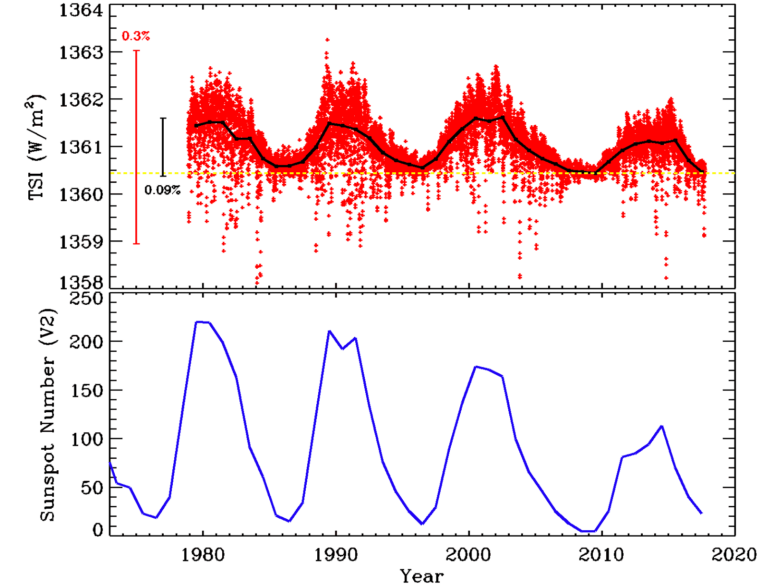
Thus, the increase and decrease in the brightness of the Sun is a natural part of the solar cycle. A change of 0.1% is not critical compared to the average solar constant of 1361 W/m2. At the same time, when totaled around the globe, this value exceeds the power of other energy sources of our planet (for example, natural radioactivity in the Earth’s core).
In 2013, the report “The Impact of Solar Variability on the Earth’s climate”, published by the National Research Council (NRC), described ways to determine the impact of cyclical changes in TSI on the chemistry of the Earth’s upper atmosphere and, possibly, on changes in regional weather conditions, especially in the Pacific Ocean.
Currently, the main instrument that has been providing measurements of TSI, solar radiation and climate change for more than six years is a NASA satellite operating in near-Earth orbit as part of the Solar Radiation and Climate Experiment (SORCE). In December 2017, the Dragon supply spacecraft delivered a new TSIS-1 (Total and Spectral Solar Irradiance Sensor) sensor to the International Space Station (ISS).
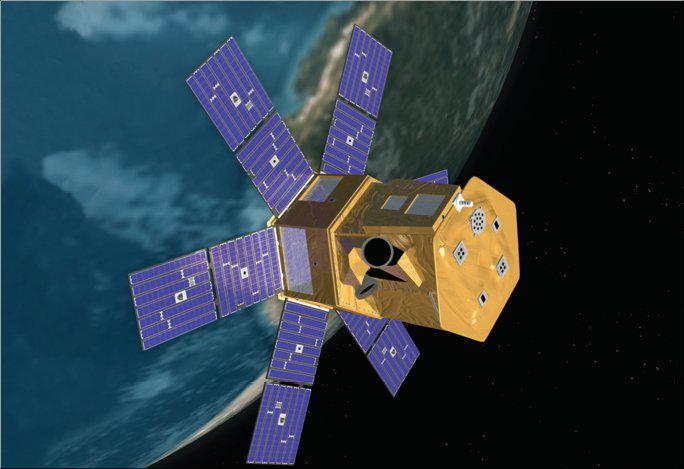
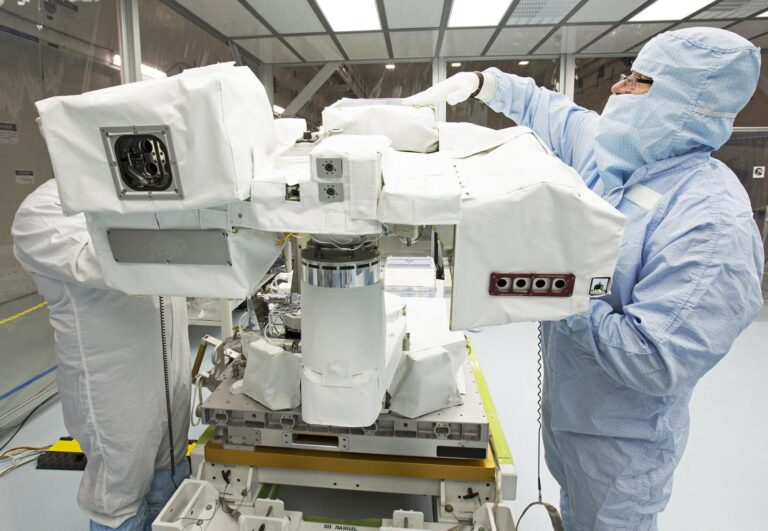

TSIS-1 should take over from SORCE. Its purpose is to measure the solar constant with unprecedented accuracy. The instrument will function for five years, capturing the period of the deep solar minimum expected in 2019-2020. Thus, scientists will have the opportunity to observe the continuing decrease in the luminosity of the Sun.
TSIS-1 is already integrated into the ISS structure and has passed all the necessary tests. In March 2018, the instrument was put into operation and began regular observations of our luminary.
Follow us on Twitter to get the most interesting space news in time
https://twitter.com/ust_magazine




